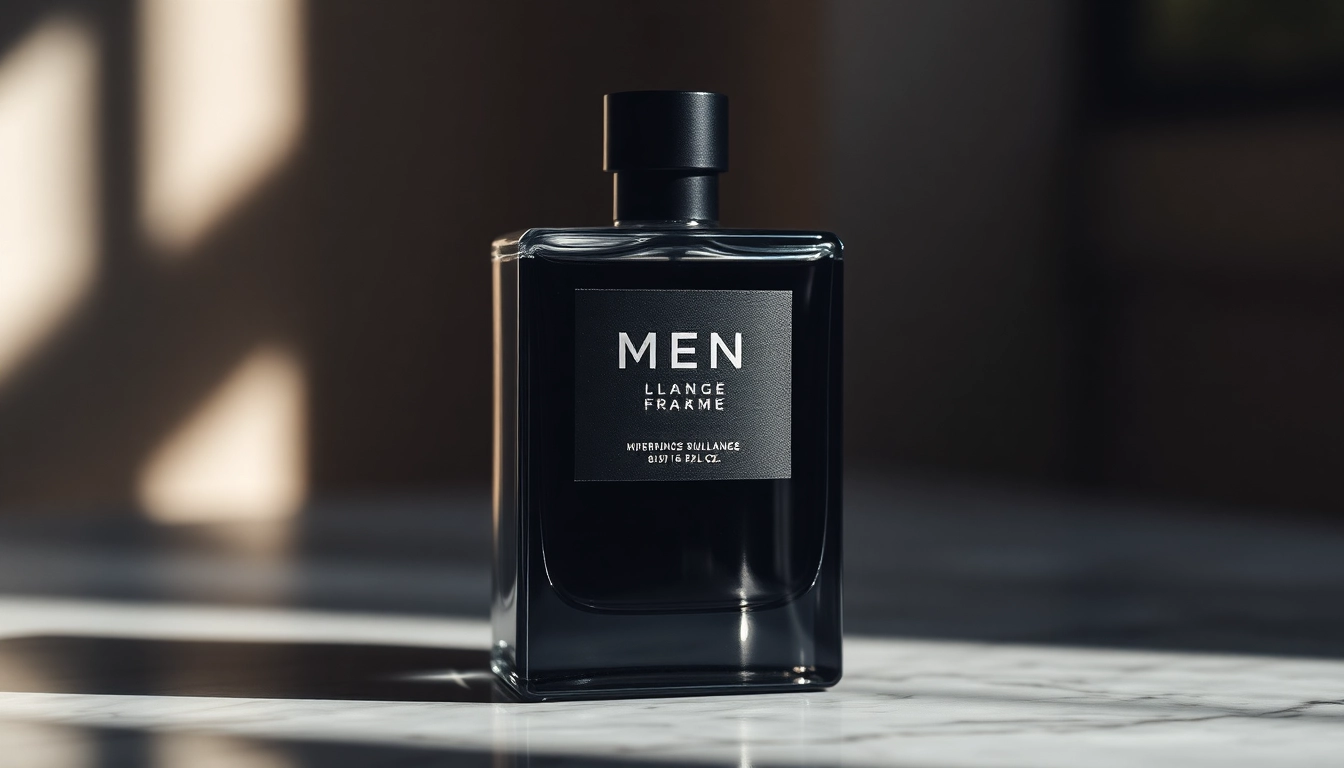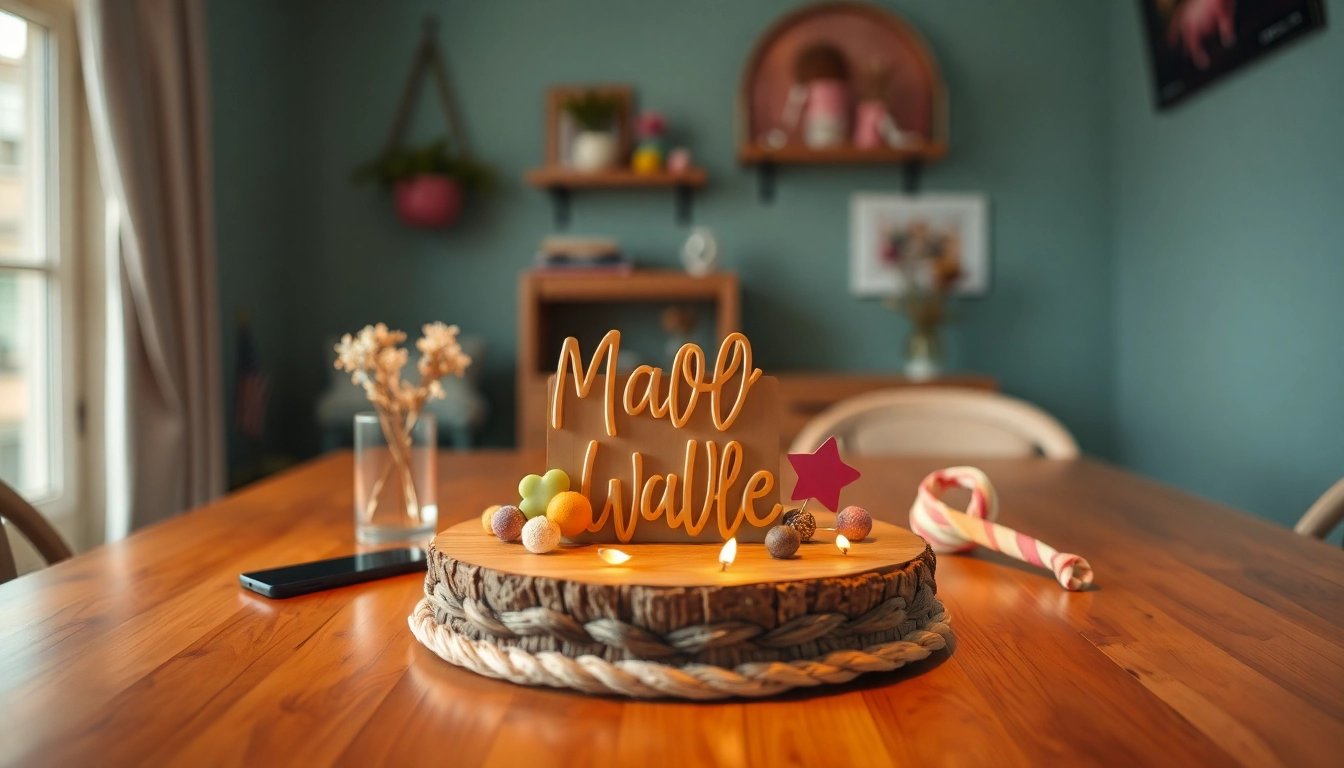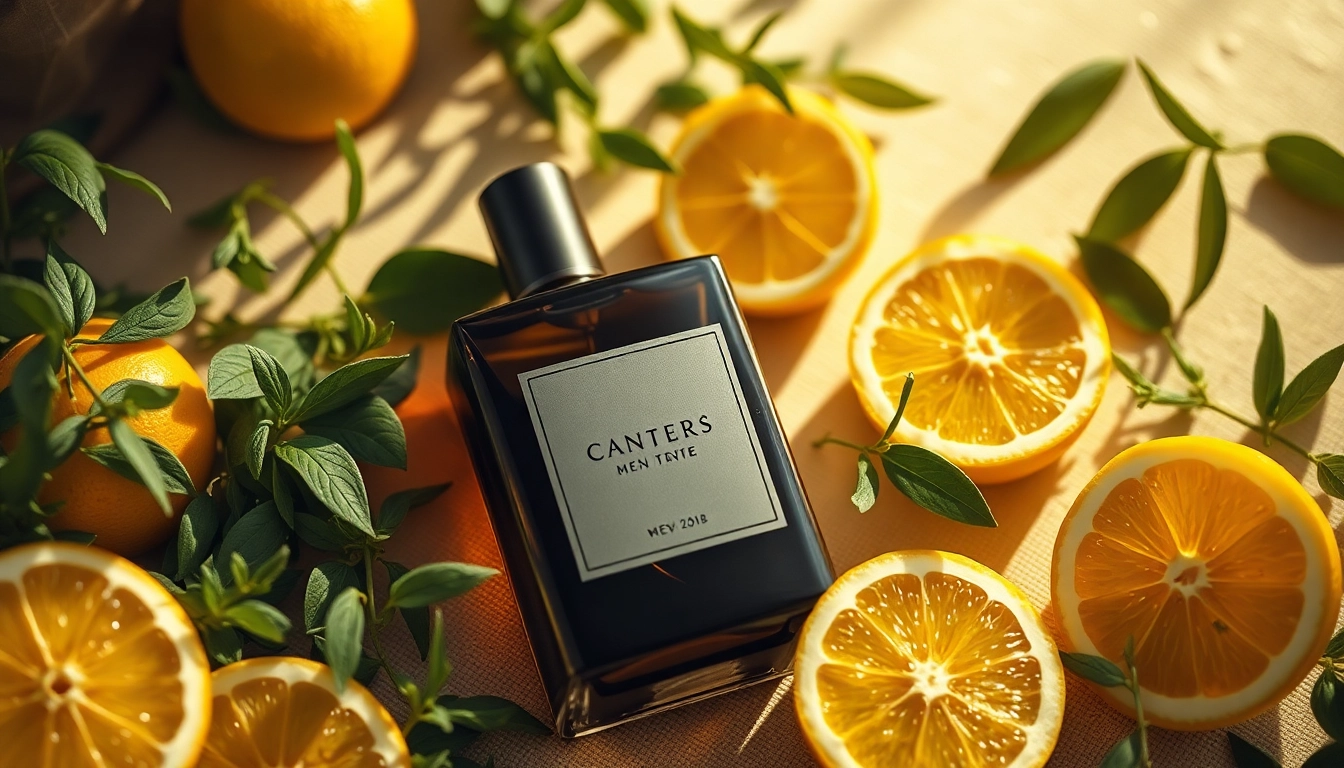Understanding Men’s Fragrance Types
1. Eau de Toilette vs. Eau de Parfum
When diving into the world of men’s fragrance, the first thing to consider is the concentration of fragrance oils in perfumes. This distinction profoundly affects the scent’s strength, longevity, and overall experience.
Eau de Toilette (EDT) typically contains around 5-15% fragrance notes diluted in alcohol and water. This lighter concentration makes EDT a popular choice for everyday use, offering a refreshing burst of scent that is easily layered. It’s ideal for casual days or for those who prefer a subtler fragrance. Popular EDT choices include the classic ‘Dolce & Gabbana Light Blue’ and ‘Yves Saint Laurent L’Homme.’
In contrast, Eau de Parfum (EDP) boasts a higher concentration, usually around 15-20%. This richer perfume formulation emphasizes the depth and complexity of the fragrance, often making it last longer on the skin—anywhere from 4 to 8 hours. EDPs, like ‘Chanel Bleu de Chanel’ or ‘Hugo Boss Bottled,’ are well-suited for evening wear and special occasions. Their intensity also allows them to transition seamlessly from day to night.
Ultimately, the choice between EDT and EDP can depend on personal preference, the occasion, and even the season. In warmer months, lighter Eau de Toilette selections are favored to avoid overwhelming scents, while the cooler months may call for the enveloping warmth of Eau de Parfum.
2. Notes and Their Impact
The olfactory experience of a fragrance unfolds through its notes, which are basically its components or scents. These notes can be classified into three primary categories: top notes, middle notes, and base notes. Each plays a critical role in how a fragrance is perceived over time.
- Top Notes: These are the initial notes that greet your senses upon application. They are typically light and refreshing, composed of citrusy or herbal elements. However, they evaporate quickly, usually lasting around 15 minutes to half an hour.
- Middle Notes: Also known as the heart notes, these emerge as the top notes fade. They often include floral or spicy components that last longer, typically a few hours. This stage of the fragrance journey helps define its character.
- Base Notes: Found underneath the middle notes, base notes are usually richer and heavier, composed of ingredients like woods, musk, or vanilla. They provide depth to the scent, lasting for many hours or even days after the initial application.
Choosing the right notes is crucial. For example, if you are looking for a fragrance that exudes confidence and sophistication, consider those with strong base notes like amber or sandalwood. Alternatively, if you prefer something lively and energizing, opt for fragrances with zesty top notes like bergamot or lemon. Knowing the balance of notes can elevate your selection process and ensure your fragrance conveys the right message.
3. Seasonal Fragrance Selection
The seasons significantly influence fragrance choice. Just as fashion trends change, so too do our preferences for scent based on climatic conditions. Understanding how to select fragrances suited for each season enhances the user experience and ensures you’re always wearing the right fragrance for the moment.
- Spring: In spring, lighter and fresher scents often dominate the preferences among men. Floral and citrus notes are popular, reflecting the season’s renewal. Think of scents like ‘Viktor & Rolf Spicebomb Fresh,’ which combines spice and freshness.
- Summer: Summer scents need to be refreshing to combat heat. Aquatic, green, and fruity notes work best during these warmer months. ‘Acqua di Gio’ by Giorgio Armani is a classic example that embodies freshness perfectly.
- Autumn: With the transition to cooler weather, scents become richer and warmer. Woody and spicy fragrances gain popularity, mirroring the autumnal surroundings. Scents like ‘Tom Ford Oud Wood’ flourish during this season.
- Winter: As temperatures drop, men often turn to deeper, robust fragrances. Oriental and gourmand notes that project warmth become essentials. Fragrances like ‘Yves Saint Laurent La Nuit de l’Homme’ work exceptionally well in winter’s colder environment.
In essence, aligning your fragrance with seasonal changes not only enhances your olfactory experience but also complements your style naturally.
Choosing the Right Fragrance for Every Occasion
1. Casual Day Wear
For casual day wear, it’s best to opt for light, refreshing fragrances that provide a subtle aura without overpowering others. Daytime occasions often call for a sense of freshness and cleanliness, aligning with a relaxed yet polished style.
Ideas for casual fragrances could include:
- ‘Dolce & Gabbana Light Blue’: This scent combines citrus and aquatic notes, offering a revitalizing experience that feels lively yet understated.
- ‘Calvin Klein CK One’: A unisex fragrance with a blend of green tea, papaya, and Bergamot makes it a classic fresh and casual choice.
Layering your casual scent with body lotion or aftershave can also contribute to a longer-lasting fragrance experience.
2. Formal Events
When attending formal events, fragrances should reflect sophistication and elegance. Bold fragrances that evoke luxury often make a strong impression, enhancing your overall attire. The right formal fragrance is about balance; the aim should be to complement your style without overpowering the environment around you.
Consider these formal options:
- ‘Chanel Bleu de Chanel’: Intense yet refined, it offers a blend of citrus and wood notes, perfect for a formal dinner or event.
- ‘Giorgio Armani Code’: With its rich blend of leather and tobacco, it conveys sophistication and charm suited for evening functions.
The goal is to leave a lasting impression—a signature scent can significantly enhance such occasions.
3. Romantic Evenings
Fragrances for a romantic evening should evoke warmth, allure, and intimacy. These scents are typically bolder and can either be sweet or musky—perfect for making you feel confident and attractive.
Here are some popular romantic fragrances:
- ‘Dior Sauvage’: This scent is known for its powerful and rugged appeal, perfect for a romantic night out.
- ‘Yves Saint Laurent La Nuit de l’Homme’: The combination of cardamom and cedar makes it a compelling choice for intimate evenings.
The best romantic fragrances linger in the air, leaving an unseen aura that invites closeness—be mindful to not overspray, as subtlety is key.
Application Techniques for Maximum Impact
1. Pulse Points and Best Practices
Effective fragrance application can elevate your experience, ensuring that the scent unfolds beautifully throughout the day. The key is to apply fragrance on pulse points where the skin temperature is slightly higher, helping to diffuse and project the scent.
Common pulse points include:
- Behind the ears
- On the wrists
- At the base of the throat
- Behind the knees
These areas generate warmth, effectively amplifying the fragrance. When applying, consider spraying from a distance of about six inches for an even distribution. It’s also advisable to apply fragrance on moisturized skin, as lotion can help enhance the scent’s longevity and projection.
2. Layering Fragrances Effectively
Layering fragrances can create a unique and personal scent profile. By combining scents, you can enhance the complexity and richness of your fragrance experience. The first step is to select complementary scents—fragrances with similar or harmonious notes tend to blend well together.
Consider maintaining a light scent on the bottom layer while applying a stronger fragrance on top. For example, you can start with a neutral body lotion, then spritz a floral EDT on top—a great way to ensure a signature scent that’s truly exclusive to you.
Additionally, layering can involve the use of different product types, such as scented body washes, deodorants, and aftershaves. Just remember that the goal is to create a unified olfactory experience without any one scent overshadowing the others.
3. Longevity Tips
The longevity of fragrance can often vary based on numerous factors including skin type, climate, and application technique. Here are some expert tips for extending the life of your chosen scent:
- Choose EDP over EDT: As discussed earlier, Eau de Parfum has a higher concentration and usually tends to last longer.
- Moisturize: Hydrating your skin before application can help in binding the fragrance, allowing it to stay on longer.
- Avoid Rubbing: After spraying, avoid rubbing your wrists together as this can cause the fragrance to break down and fade faster.
- Store Properly: Keep your fragrances in a cool, dark place away from direct sunlight to maintain their integrity.
Implementing these tips can significantly elevate your fragrance experience, allowing your scent to last throughout the day and night.
Identifying Your Signature Scent
1. Exploring Personal Preferences
Your signature scent is a powerful expression of who you are, enhancing your individuality while attracting attention in a positive manner. Identifying one can sometimes feel overwhelming, given the vast array of choices available. Start by exploring notes that resonate with you; perhaps floral scents make you feel vibrant, while woodsy fragrances convey comfort.
Endeavor to create a personal fragrance inventory. Take notes on what you love about each fragrance you encounter—whether it’s the freshness of a summer scent or the warmth of an evening cologne. This inventory will help you articulate your preferences and differentiate between one scent and another.
2. Sampling Before You Commit
Engaging in sampling is vital in the quest for your holy grail fragrance. Many retailers now offer sample programs or discovery sets that allow you to test a selection of scents before committing to a full bottle. Fragrance strips, while useful for a preliminary impression, cannot replicate the full experience of wearing a scent directly on your skin. Thus, always test on yourself to account for body chemistry and personal interactions.
Moreover, give yourself time when testing. Fragrances evolve over hours, so it’s beneficial to revisit them after a few hours to see how the scent interacts with your body chemistry and whether it remains appealing over time.
3. Understanding Brand Stories
Fragrance brands often have intriguing stories behind their creations, ranging from artisanal craftsmanship to collaborations with renowned perfumers. Understanding these narratives can deepen your connection with a fragrance and help ascertain if it aligns with your personal values or aesthetic.
Explore the brand histories and creative processes; many brands offer insights on how they select their ingredients. Social responsibility and sustainability are becoming increasingly significant in the industry, with various brands pledging to use eco-friendly materials. Choosing a fragrance can thus be as much about the scent and the story as it is about the brand’s ethos.
Staying Informed on Trendy Men’s Fragrances
1. Influences of Fashion on Scent
Fashion trends and fragrances share a symbiotic relationship, often evolving in tandem with cultural zeitgeists. Designers frequently draw inspiration from current events and social movements, translating these influences into olfactory experiences. Staying informed about trends in fashion can allow men to better align their fragrance selections with elegant styles and outfits.
For instance, recent years have seen a rise in minimalism across fashion, which has been accompanied by a surge in clean, fresh scents. Brands have been creating fragrances that reflect simplicity and authenticity, mirroring the minimalistic aesthetic in men’s clothing.
2. Celebrity Fragrance Collaborations
Celebrity collaborations have become a significant trend in the men’s fragrance industry, with stars launching their personal scent lines to connect with fans. These fragrances often draw on their brand personalities and lifestyles, providing fans with a chance to experience a piece of their icon’s aesthetic.
Popular examples include ‘Michael Bublé by Michael Bublé’ and ‘Justin Bieber’s Girlfriend.’ These fragrances are often marketed with backstories related to their creators, appealing to their fan bases and providing a narrative that enhances desirability. However, caution is warranted; it’s essential to focus on the scent producing an emotional connection rather than just the celebrity’s name.
3. Sustainable Fragrance Trends
As consumers become more mindful of their ecological footprint, sustainable fragrance trends are gaining traction. This trend is fueled by the demand for transparency in ingredient sourcing and ethical production. Brands that prioritize sustainability often focus on using natural ingredients, minimizing waste in packaging, and maintaining ethical labor practices.
When selecting a fragrance, it’s increasingly worthwhile to consider brands that incorporate sustainable practices, as this not only aligns with eco-conscious lifestyles but often offers a more unique and fresh scent experience. Exploring transparent brand initiatives ensures that the selections align with personal ethics while still embracing quality.


